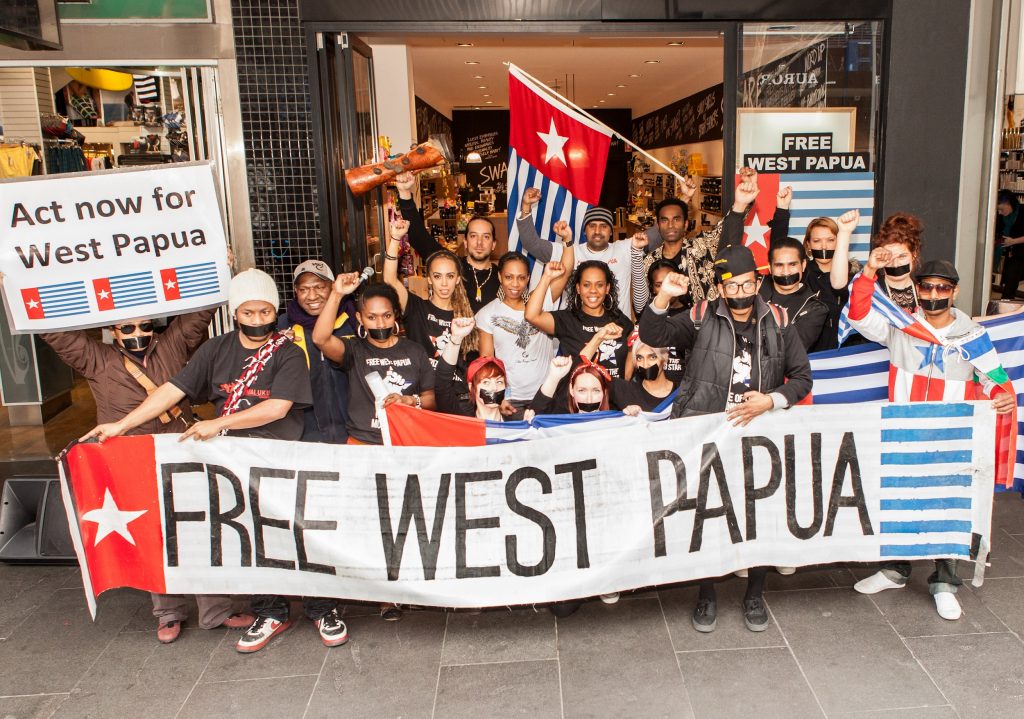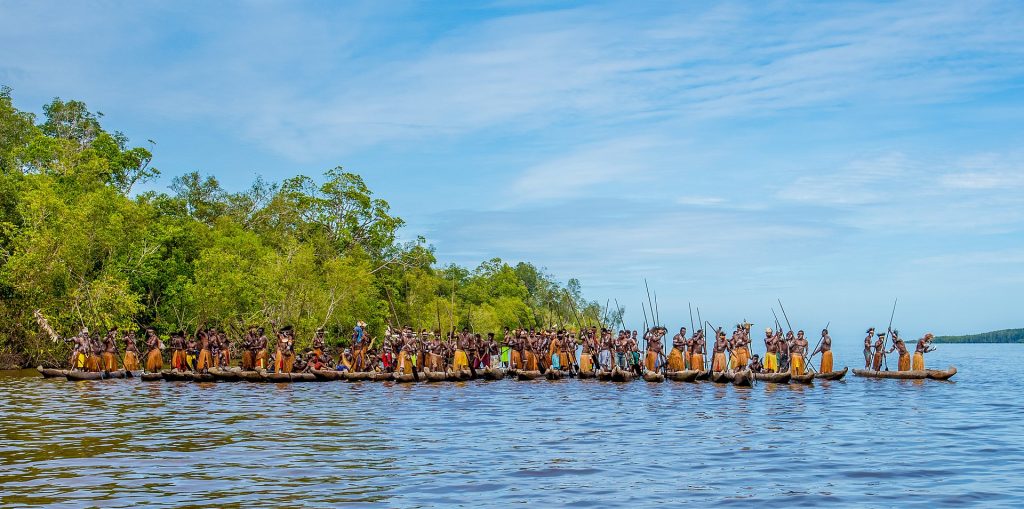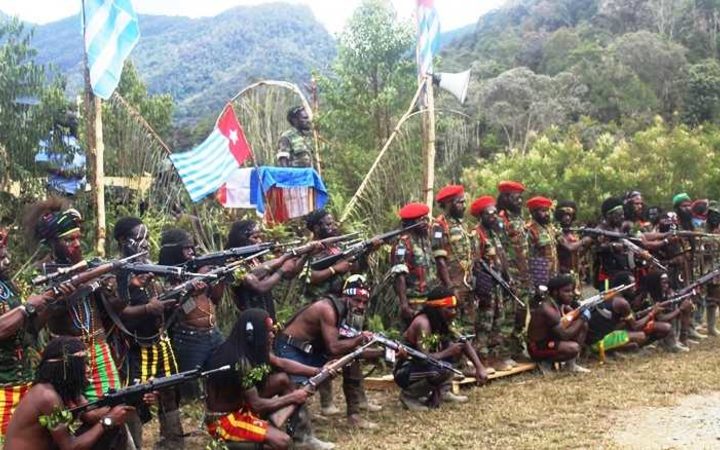
To understand the Free Papua movement, there’s a few things to get out of the way first. First, what is Papua? Second, why does it need freedom? Third, who from? For a great deal of people, when they hear ‘Papua’ they think of Papua New Guinea. It’s not too far off, seeing as West Papua is just the western half of the New Guinea island, with ‘Papua’ being a name referring to the island before contact with the west. West Papua is directly to the west of Papua New Guinea, with the island split neatly in two. So how the hell did it get that way?
What is West Papua?

Long before the Free Papua Movement, like so many modern nations, West Papua is a product of colonialism. Western New Guinea was colonized by the Dutch at first, while the East was ultimately colonized by the Germans in the late 1800s. (With the south-east also being annexed by Britain, because of course the Brits had to be involved somewhere.) As with many other things, this complicated mix of colonialism was shook up by WW1 and the Treaty of Versailles, granting the German territory to Australia, who by this point were administering the British territory as well. This split the country quite evenly down the middle between the Dutch and the Australians.
In 1975, the Eastern portion of the island was granted independence and became Papua New Guinea. Meanwhile, the Dutch administered western portion had the unfortunate situation of pushing to become independent right next to independent Indonesia. The Dutch had been gradually loosening their grip for some time and in 1961, a national parliament had been elected with intentions to declare independence in 1970. Indonesia meanwhile had formed largely out of the Dutch East Indies, an amalgamation of most of the Dutch island colonies in that region, of which Papua was one. This, in Indonesia’s eyes, gave them claim to Papua despite the enormously different political history.
Indonesian president Sukarno pushed heavily for intervention to claim West Papua, although unwillingness to go to war outright prevented an invasion. Ultimately, Sukarno sought the US to serve as a mediator, leveraging their position as a ‘non-aligned’ country to gain favour, implicitly suggesting that they may ally with the USSR if not appeased. The Dutch relented, allowing Indonesia to assume administration of West Papua until such a time as a referendum could be carried out, stirring the start of what would become the Free Papua Movement. This referendum, the ‘Act of Free Choice’, was to determine the future of the country and involve a vote on behalf of the whole country. This is, after all, how referendums function.
Under the new, decidedly much more genocidal leader Suharto took over in Indonesia, it was suddenly decided that the New Guineans were ‘too primitive’ for democracy and instead a traditional Indonesian ‘election of elders’ was performed. This election, held August 2nd 1969, involved only a hand-picked grouping of just over a thousand West Papuans were allowed to vote. The vote was suspiciously unanimous, supporting integration with Indonesia and thus leading to West Papua becoming the 26th official province of Indonesia. This has understandably led to the Act of Free Choice being labelled the ‘Act of No Choice’, inevitably spurring the Free Papua Movement. With that out of the way, let’s move on.
Who are the Free Papua Movement?

The Free Papua Movement (Organisasi Papua Merdeka – OPM) was formally founded in December of 1963, not long after Indonesia assumed administration of the region but before formal annexation. December first was declared ‘Papuan Independence Day’ and regular flag raising ceremonies began by separatist groups on this date, making up a large portion of the country. When their efforts were ignored and West Papua was formally annexed by Indonesia, things swiftly began to heat up. On July 1st 1971, three Free Papua Movement commanders declared the Republic of West Papua and drafted a constitution, a functionally symbolic move for which the Papuan people would work towards, similarly to the Irish proclamation of 1916 which provided a basis for the independence movement of the early 1920s.
From 1976, the Free Papua Movement went on the offensive, threatening an Indonesian mining company for funding and ultimately conducting mass sabotage campaigns against the company throughout the summer of 1977. In 1982, the Free Papua Movement Revolutionary Council was further established, seeking to gain recognition from international bodies and grant their struggle further legitimacy. This ultimately led to a 1984 offensive against the Indonesian military, eventually ending with the Free Papua Movement being pushed out of the country into Papua New Guinea.
From this point on, sporadic sabotage and assassination attacks occurred, along with further symbolic flag raising ceremonies and attempts to rally international support for their cause, something they’ve had some notable success with, prompting rallies in support of them and in December of 2014, forming the United Liberation Movement for West Papua in the island nation of Vanuatu. The movement has spoken on behalf of the Free Papua Movement on several occasions at the UN and other international bodies, asking for a review of the Act of Free Choice.
If you’re at all interested in the fascinating history and culture of West Papua, consider joining our inaugural West Papua tour!





